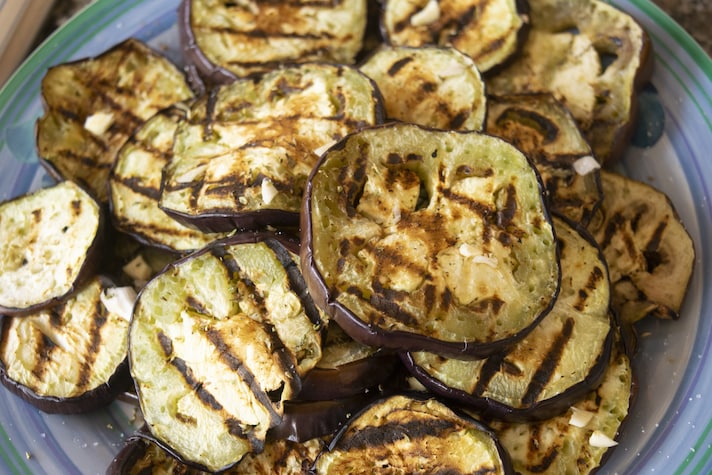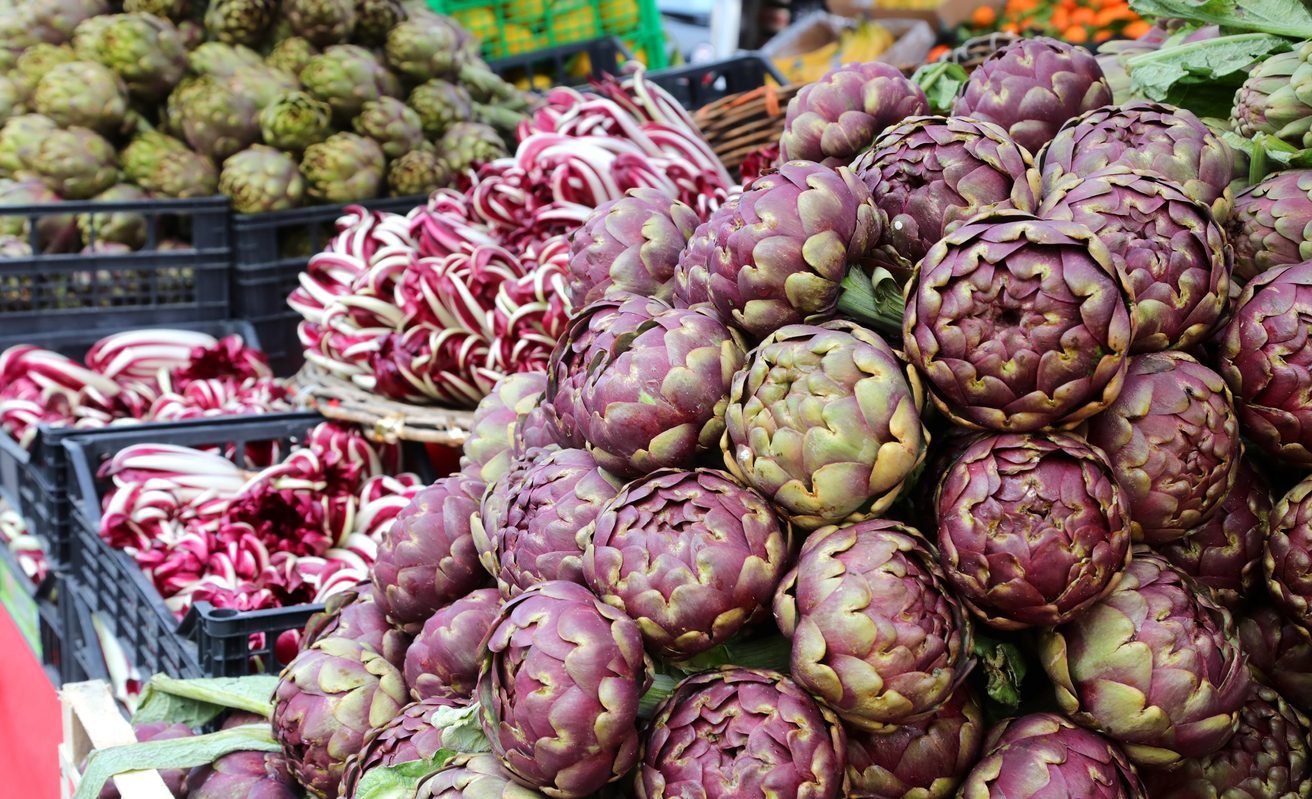How to freeze eggplant: tips and tricks to store them
How to store aubergines? The answer is simple, the method is freezing. Eggplants can be frozen both raw and cooked and will keep for about 6 months.
;Resize,width=742;)
Eggplant are a very popular vegetable in the kitchen, which we can use in various and tasty recipes. From appetizers to main courses, they're one of the cornerstones of Mediterranean cuisine. Even if we find them on the market all year round, some are harvested only in the summer. That's why this is the best season to stock up on quality eggplant and keep them until winter.
How can you store eggplant? The answer is simple and the method is freezing. Eggplants can be kept in the freezer both raw and cooked, with different techniques. Whichever way you prepared them, you can freeze fried, battered, grilled, or poached eggplants. The main difference is that the cooked ones must be thawed in the fridge, while the raw ones can be cooked still frozen.
Both raw and cooked eggplant can be kept in the freezer for about 6 months. Here are some tricks. Always choose fresh eggplant: they will have a healthy appearance, the skin of a dark and uniform color. They will be firm to the touch and will not have any dents or stains. Remember that the fresher a vegetable is, the longer it will keep in the freezer.
How to freeze raw eggplant

Freezing raw eggplants is quick and easy. It's the ideal method for storing ready-to-fry eggplant all year round. Just pour them directly into the pan with plenty of seed oil and you're done.
First, you need to wash the eggplant carefully under cold running water. Dry them, then remove the base and the cap. Cut them into slices of the same thickness, or into cubes. Keep them in different portions, closed in plastic bags for food, to be defrosted if necessary.
When you want to fry them, just heat the seed oil in a pan with high edges and pour the still-frozen aubergines. Keep the heat low, to prevent them from frying unevenly, but keep the oil temperature high.
Many argue that before cooking the eggplant the blanching technique is advisable, a procedure that deactivates the enzymes and reduces the bitter aftertaste, given by the solanine.
This step should therefore be performed before freezing the aubergines, in a very simple way. Cut them into slices or cubes. Bring a pot of abundant salted water to a boil and blanch the aubergines for a maximum of 4 minutes.
Drain and immediately immerse them in a bowl full of cold water and ice to create the thermal shock. Let them dry on a clean tea towel and freeze.
How to freeze grilled or fried eggplant

Grilled eggplant are excellent for seasoning a first course, for delicious bruschetta, for a side dish, but also for preparing parmigiana. To keep them in the freezer, wash them under cold running water, remove the ends and cut them into slices of the same thickness. You can store them in an airtight container, or in a food bag.
Freezing fried aubergines is an effective technique for having them ready when needed and using them in your tasty recipes. The technique is the same even with the battered ones. In this case, wash, cut the aubergines into slices and dip them in the flour, then in the beaten egg.
Fry them in abundant seed oil until they are golden. Let them dry on a sheet of absorbent paper to remove excess oil, then place them in a bag or food container.

Boiled eggplants can also be frozen. In this case we advise you to remove the peel and cut them into cubes. Boil them in a saucepan with plenty of salted water and half a glass of lemon juice.
It will take about 20 minutes to make them soft. Leave them to cool in a colander and wait for the excess water to come out. Store in food containers in the freezer.
How to store eggplant in the freezer

To store them in the freezer, both the classic freezer bags for food and the plastic containers for food with an airtight seal are fine. If you use bags, try to remove as much air as possible, to prevent them from spoiling during freezing. In fact, the ideal would be vacuum bags.
If you use a plastic container, remember to leave some space between the eggplant and the lid, because they will increase in volume in the freezer.
For convenience, you can separate the different layers of eggplant with a sheet of baking paper or plastic wrap. This way they won't stick to each other and you can also defrost a few at a time.
Always remember to label the container with the freezing date and not to place the eggplant in the corners at the bottom of the freezer, to avoid forgetting them.
;Resize,width=767;)
;Resize,width=712;)
;Resize,width=712;)
;Resize,width=712;)
